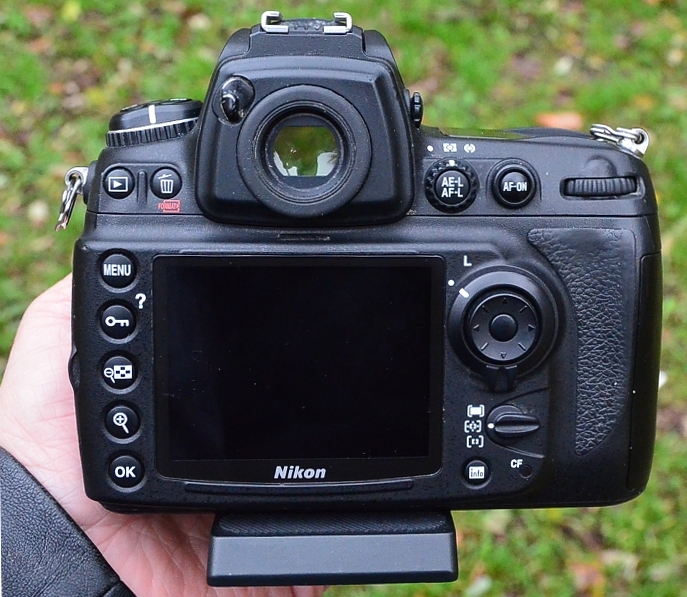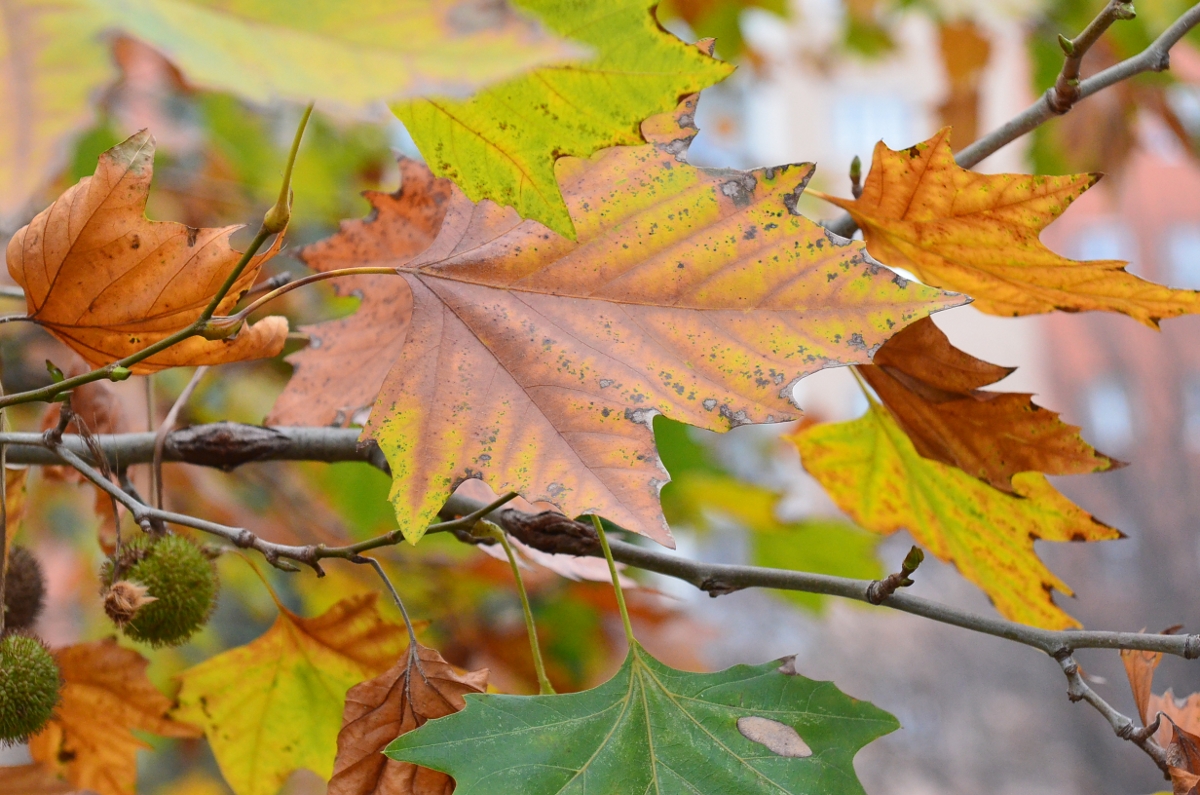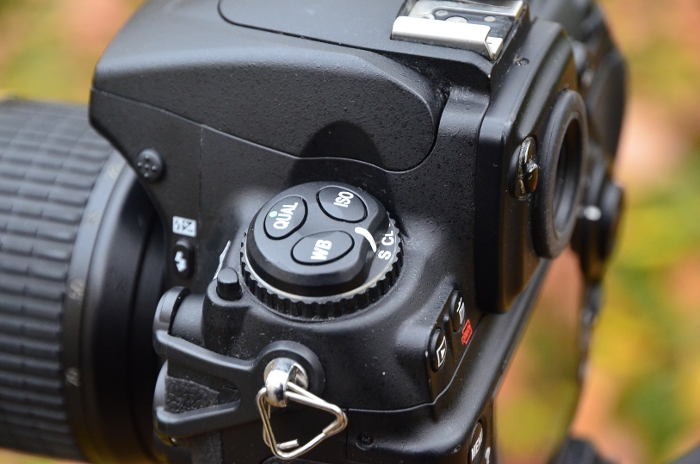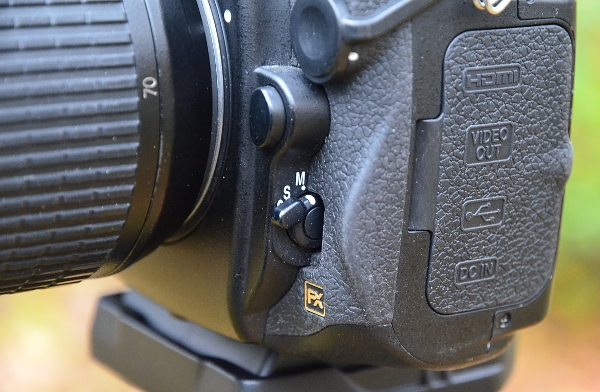Nikon d700 review
Nikon d700 review

I haven’t done too much camera reviews recently. The Nikon d700 is interesting because the price of the Nikon d700 dropped around 1000 Euro in the market, which makes it accessible for not so rich users as well.
Essentially it is a Full frame camera. The Nikon d700 has a 12 Megapixel Full frame sensor. This camera was almost the best in the market in several years ago, which you can buy.
Why is a Full frame camera ? First not everybody needs a Full frame camera according to my opinion. First it is very expensive, and if you cannot get income from photography, perhaps better to buy a house and a car first, than a very expensive something which will cost half in a year or two.
Personally what I do, I do not need a Full frame camera to own. If I need it, I can rent it, even the best ones, and I still better in long term regarding finances.
The Full frame camera compare to Dx crop sensor models, has five distinct advantages:
1. Wider angle with lenses
2. Better low light performance and picture quality
3. Shallower depth of field
4. Bigger brighter viewfinder
5. Usually better picture quality
There are some disadvantages as well:
1. You pay lot more….for the camera and usually for the lenses as well, this is the biggest drawback
2. Heavier, bigger camera, bigger lenses to cover the bigger range
3. Heavy vignetting usually almost with any lenses.
4. With telephoto lenses you lose the reach, 400mm will be 250mm equivalent.
From the above it is clear what is a Full frame camera is good for:
1. Portraits for low light
2. Landscapes especially if you want to print and sell big prints
3. Weddings, where picture quality and low light performance is essential
Today cameras like the Nikon d7000 and Nikon d7100 offers a package at a discounted price which was unavailable before. Very good low light performance, high resolution, lots of advanced functions. You can make very good quality photos at ISO 3200 or even acceptable photos at ISO 6400.
But if you grow in your photography, can sell photos, or more and more people ask you to make pictures at their wedding the Full frame camera can be a good step to go forward. Especially the Nikon d700 which you can get very cheaply compare to the newest models.
Nikon d700 pixel size
It is interesting the Nikon D700 is a 12 Mp Full frame camera. How is it compare the pixels of the 12 Megapixel Nikon d700 to the newest 24 megapixel Dx units like the Nikon d7100 ?
The Nikon d7100 has a pixel size ( pitch, distance between the center of two neighboring pixel ) of 3.7 µm, the Nikon D700 has a pixel size ( pixel pitch ) of 8.45 µm. So the size of the pixels of the FF Nikon D700 is more than double, than the DX Nikon D7100.
The difference in area even bigger, approximately 5.2 times more. Many people, including me believes that for good photos you don’t really need huge megapixel rate. Even as a bird photographer, I can make very good photos with my 8 Megapixel camera. If you don’t have enough reach, you need a longer lens, not more megapixel.
The newer 36 Megapixel Nikon cameras (Nikon d800e, d810) are stunning but you need very expensive lenses to try to get the best results out of the camera, and the difference is small in absolute scale. On the other hand newer cameras has better technology higher dynamic range, better color management. To assume I don’t find the 12 Megapixel limiting at all.
Nikon d700 picture quality

Nikon d700 ISO 3200 Nikon 24-70mm f/2.8 at 70mm f/5.6 click to see 1200 pix
The focus is a middle of one leaf, the dof is shallow even at 70mm f/5.6 the picture quality is superb.

The depth of field is quite shallow even at f/5.6 at 24mm wide angle ( 16mm equivalent on crop sensor ) Nikon d700 24mm f/5.6 ISO 1600
Nikon d700 high ISO performance
The Nikon d700 produce very nice noise free images even at high sensitivities. The native ISO range is between ISO 200 – 6400. It is possible to makes images at higher sensitivities as well, up to ISO 100 – 25,600. The images are usable up to ISO 12,800 according to my judgment.
Nikon d700 build quality
At first look, it is apparent that the Nikon d700 has much more external buttons, than the crop sensor models. On the other hand the camera controls has similar arrangement as the arrangement of my Nikon d7000 camera.

The viewfinder looks different and there are several buttons which is different than on crop cameras. The main dial is similar than the dial of the Nikon d300, but different than the main dial of the Nikon d7000 or d7100. There are three direct buttons on the top of the main dial, the white balance, the ISO and the quality button which is used to select the picture sizes and formats. The camera buttons / controls arrangement is much better on Canon cameras according to my experience. On my Canon 30D I can adjust ISO with one hand, if I need to do it fast. The ISO button is next to shutter release and just turn the back dial. Compare to that Nikon is awkward, I need two hands for adjust ISO. Perhaps some customization can help, but not figured out yet. For landscapes doesn’t matter so much.
The button below the lens mount / demount button serves to chose af modes. ( see on the below picture) The three modes are the one shot af, servo ( continuous mode) and manual focusing mode.

Nikon d700 specifications
Photo parametersResolution: 12.1 Megapixel FunctionsLive view: yes Physical parametersSensor format: Full frame Video parametersVideo autofocus: Contrast detection |
See the Nikon d700 detailed specs here
Notes on picture quality
The dynamic range of the newer models are better, not all of them but many, including Dx models like Nikon d7000, Nikon d7100 or even Nikon d5100, and many others.
When is it important in landscapes, where a wider dynamic range (around 14-15 EV) is a huge plus regarding your possibilities.
To compare the pictures of my Nikon d7000 camera, the difference is not so huge. Many people who never use Full frame perhaps has an idea like Fullll frame…oh, the eternal picture quality. In case of Canon as I see the difference between FF and Aps-C the difference is bigger. Many Aps-C Canons get noisy even at ISO 800 or even 400. Dx Nikons has less noise, and the Nikon d700 is even cleaner. The newest Dx Nikon’s has even better color response.
To be realistic not subjective, the picture quality of the FF Nikon d700 is better than picture quality of the Nikon d7000. Lot less noise, more natural looking results. Still I prefer the Nikon d7000 because I shoot much more landscapes than weddings. For wildlife the longer reach is also more important for me than the approximately 1 stop difference in High ISO.
If you shoot weddings, many photos inside the building the Nikon d700 is clearly better.
Shutter sound
Some newer cameras are quieter (Nikon d810, Nikon d7000, etc ). Until I don’t have the Nikon d7000, I had no problem with my Canon 30d. Still don’t have but prefer the quieter sound, which is even more preferable at wedding ceremonies or concerts.
Pros
-Cheaper used price nowadays
-Low noise level in high sensitivity settings as well
-Full frame sensor with shallow Dof, wider angle
-Bigger viewfinder
-Lots of external buttons
Cons
-Not as good in terms of resolution as the newer 36 Megapixel models
-Dynamic range is not as good as the newer models
-Slower than newer models
-CF cards only
Bottom line / verdict
The Nikon d700 is a very capable FF camera for serious use. The 12 Megapixel sensor helps to keep the noise level low, which is essential for example in wedding photograpy.
Lenses for Nikon d700
One of the obvious choice is the Nikon 24-70mm f/2.8 lens. It is quite versatile and has relatively bright f/2.8 aperture. It is very expensive though. I would buy something like the Sigma 35mm f/1.4, Nikon 20mm f/1.8 and the Nikon 85mm f/1.8. If money is not a problem the Nikon 24mm f/1.4 or the Nikon 70-200mm f/2.8 or the Nikon 24-70mm f/2.8 are the usual choices, not to speak about the super expensive telephoto lenses. Currently the Tamron 150-600mm or the Sigma 150-600mm lenses are quite interesting.
Picture samples
The pictures were made using the Nikon 24-70mm f/2.8 lens and the DX Nikon 16-85mm vr lens.